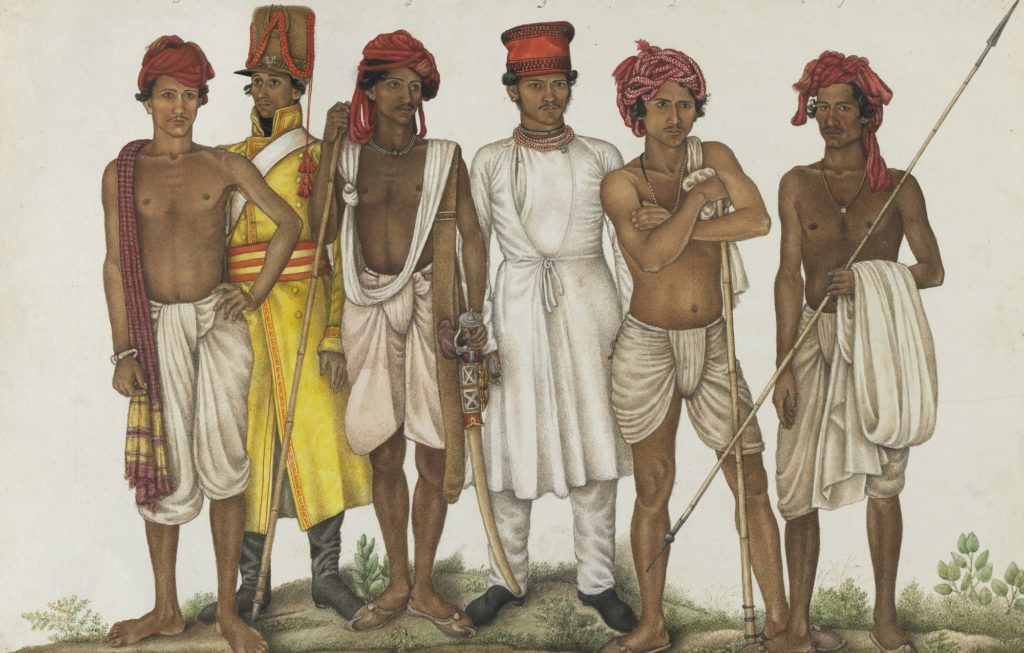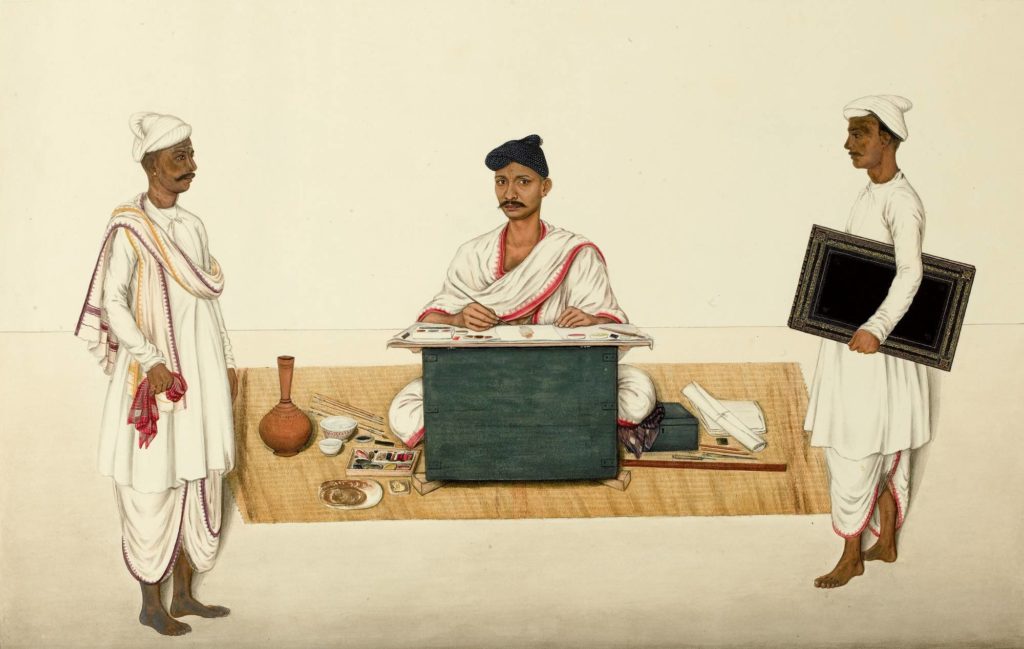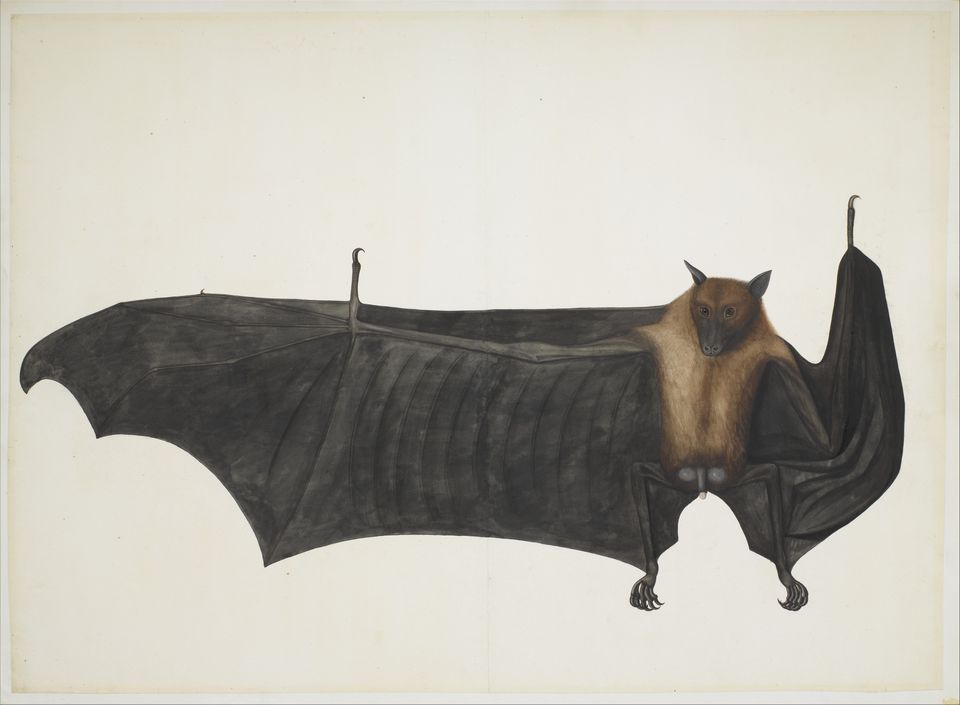Earlier this week, I had the opportunity to e-attend (over Zoom) a lecture organised by London’s Royal School of Drawing on Indian artists during the Raj. Titled Reflections on Forgotten Masters, the talk by William Dalrymple (the famous Scottish historian) and Xavier Bray (the director of the Wallace Collection) followed the eponymous exhibition organised by the Wallace Collection and co-curated by William Dalrymple last year.
The Wallace Collection is not as well known as other London museums such as the British Museum or the Victoria & Albert Museum. Originally built around the private collections of the nineteenth century British aristocrat Sir Richard Wallace, they have a wide repertoire and organise a number of interesting exhibitions, including on themes related to the subcontinent. I had previously attended their exhibition on Indian medicine titled Ayurvedic Man, which was excellent. Unfortunately the coronavirus pandemic and the ensuing lockdown last year meant that I couldn’t physically visit the Reflection on Forgotten Masters exhibition, and had to view it online.
The exhibition has two running themes: everyday life under East India Company rule and natural history. A large number of paintings are of the flora and fauna of India. They were commissioned by the East India Company or high ranking officials within it. The painters are Indian: Shaikh Zain ud-Din and Bhawani Das, Sita Ram and Ghulam Ali Khan. The artwork has historically been known as the “company school” or “company style” of art- a condescending attitude that anonymised the artist. Credit to Mr. Dalrymple and the Wallace Collection for changing the focus and turning the gaze back on these forgotten artists.
The portraits of everyday life are even more interesting. This was a time before cameras and photography. The paintings give a sneak peek into what life must have been like in eighteenth century India.
One of the striking aspects of the paintings highlighted by the curators is the microscopic attention to detail evident in many of these paintings, particularly those commissioned in North India. This was a legacy of the Mughal and Rajput techniques of portraiture that many of these artists were trained in. The paintings reflect a blend of East and West- usage of Indian techniques, but adapted to British taste. During the later colonial period, Indian paintings commissioned by Raj officials were almost entirely westernised, suggesting that many of the traditional techniques were sadly lost or fell out of vogue. The more traditional Indian forms of portraiture survived in the princely states of Rajputana.
I am no art connoisseur and will refrain from commenting further on the finer technical aspects of these paintings. But here are my top three selections- purely aesthetic and instinctual selections based on my subjective preferences.

This is an outstanding, intricate portrait of six recruits to Skinner’s Horse, a cavalry regiment organised by the Anglo-Indian mercenary Colonel James Skinner. It is from the gharana of the Mughal artist Ghulam Ali Khan of Delhi. The history of these early Anglo-Indians is documented by Mr Dalrymple in entertaining detail in his books such as City of Djinns and White Mughals. Interestingly Skinner’s Horse stands to this day as a cavalry regiment of the Indian Army.

This fabulous self-portrait by the artist Yellapah who operated out of Vellore in South India is special as it puts the focus back on the artist, in an era when most Indian artists were anonymous. It also gives a great sense of the artist at work and the tools of his craft (brushes, watercolours etc.) are visible in the painting.

This painting of the Great Indian Fruit Bat by the Bengali artist Bhawani Das (trained in the Mughal style of portraiture) is striking because it gives the bat real personality. The winged veins in particular are painstakingly articulated. The bat looks like he means business.
[The writer tweets @paragsayta]